A peaceful day of protests in downtown Los Angeles took a dramatic turn on Saturday afternoon when law enforcement began issuing dispersal orders for the thousands of demonstrators gathered near the L.A. Federal Building complex.
The protest, part of a nationwide “No Kings” Day of Defiance, aimed to express disapproval of President Donald Trump’s policies, particularly related to immigration enforcement, and to protest his military parade in Washington, D.C., which coincided with his 79th birthday.
Protest Overview and Disruptions
The protests throughout the day remained peaceful, with demonstrators marching and chanting against Trump’s administration. However, as tensions built in the late afternoon, law enforcement—comprising officers from both the LAPD and the Los Angeles County Sheriff’s Department—began to implement a dispersal order in response to what they described as protesters becoming “increasingly unruly.”
According to the LAPD, some individuals within the crowd allegedly began throwing rocks, bricks, bottles, and even fireworks at officers. However, no videos or credible witness accounts have surfaced to corroborate the claims of disruptive behavior within the protest.
To disperse the crowd, officers deployed flashbangs and tear gas, with KTLA’s Sky5 capturing footage of police on foot and horseback moving in to clear the area. The LAPD’s dispersal order affected a wide area, covering Alameda Street, Los Angeles Street, and sections of the 101 Freeway.
The “No Kings” Movement
The “No Kings” protests were part of a broader nationwide event organized by the 50501 Movement, which aimed to rally against the Trump administration’s immigration policies and its perceived authoritarian leadership.
The protests were meant to be a nonviolent demonstration, as emphasized by the organizers. Protesters were encouraged to stay peaceful and respectful, a message that remained central to the “No Kings” mission.
The protests had a clear focus on opposing the immigration raids that have disproportionately affected Southern California, especially the L.A. area, as well as the military parade in Washington, D.C., which many critics viewed as a celebration of Trump’s ego rather than the U.S. Army.
According to a spokesperson from the “No Kings” organization, over 200,000 people participated in protests across the Los Angeles region, with nearly 5 million protesters nationwide. The organizers set the event’s end time at 6 p.m. PT, but the situation in Los Angeles became tense in the hours leading up to the 8 p.m. curfew, which was enforced in the city.
Uncertainty and Tension in the Streets
KTLA reporter Rachel Menitoff, who was reporting from downtown Los Angeles, described the confusion that emerged as the dispersal order was issued. Protesters attempting to leave the area were left unsure about how to do so and given no instructions on where to go, leading to a sense of uncertainty and escalating tensions.
Although many protesters complied with the order to leave, some had difficulty navigating the area, especially with several roads blocked due to the curfew and ongoing police presence. KTLA cameras captured scenes of tense interactions between officers and citizens as the curfew hour neared.
Political Context: Trump’s Military Parade and the Protest’s Timing
The protests in Los Angeles came at a politically charged time, with Trump’s military parade in Washington, D.C., marking the 250th anniversary of the U.S. Army.
Critics of the parade argued that it was more about Trump’s personal celebration than about honoring the military. The protests were also seen as a broader rejection of Trump’s leadership style and his administration’s policies on immigration and law enforcement.
As the “No Kings” Day protests unfolded across the country, protesters expressed their frustration with the Trump administration’s immigration actions, including its role in the ICE raids that have caused widespread fear and disruption in immigrant communities.

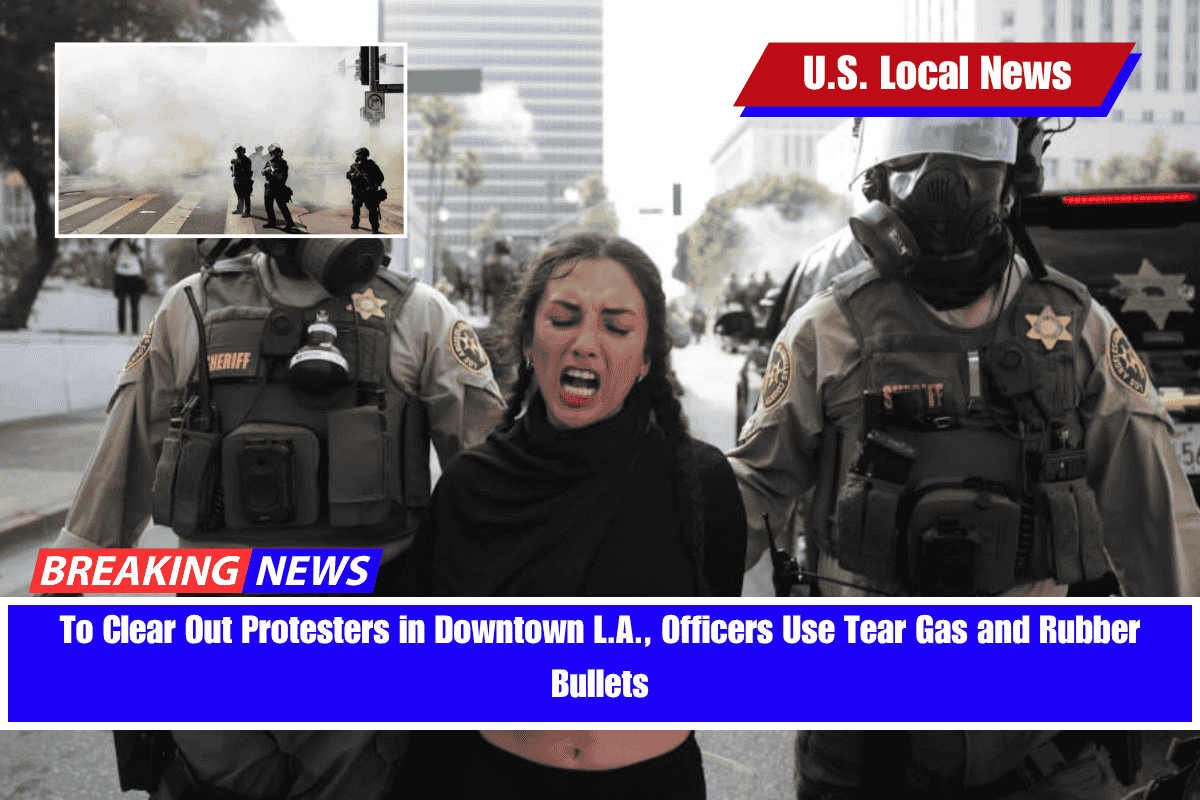

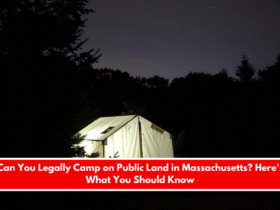
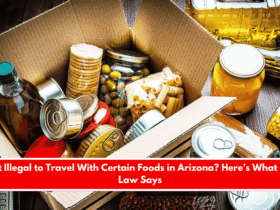
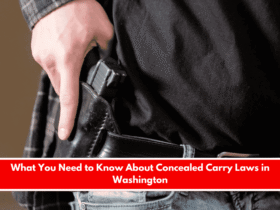

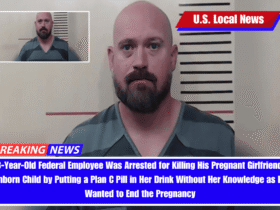
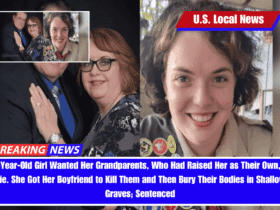


Leave a Reply